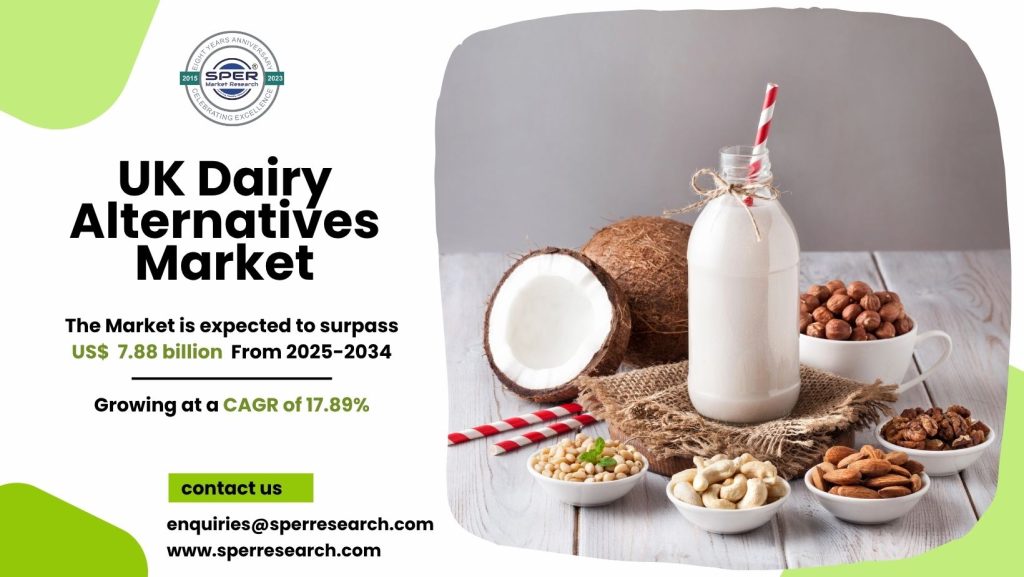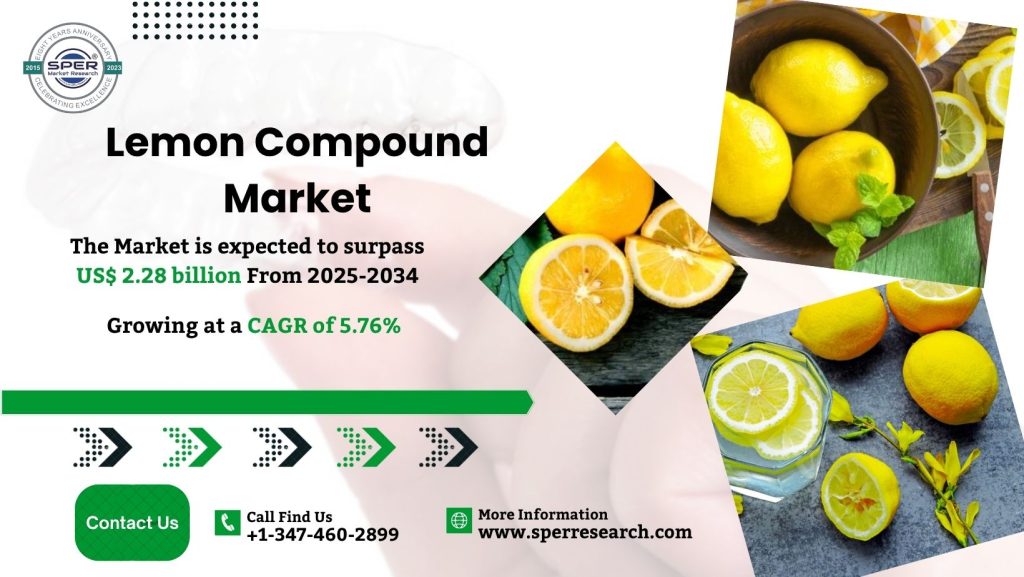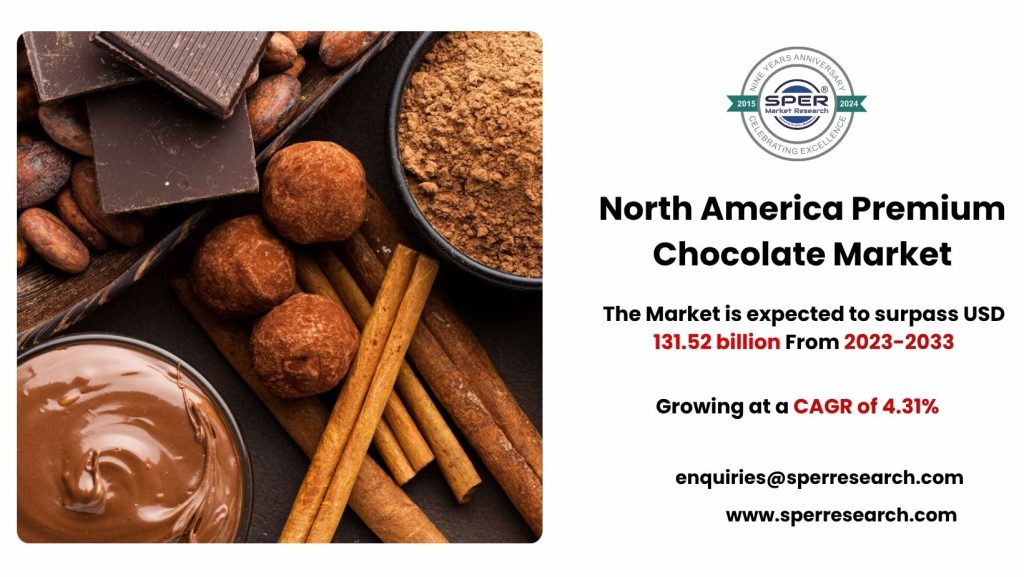Plant-based goods that are intended to take the place of conventional dairy products like milk, cheese, yogurt, and butter are referred to as dairy substitutes. These substitutes are made from soy, almonds, oats, coconut, rice, and peas and are suitable for people who are lactose intolerant, allergic to dairy products, or on a vegan or health-conscious diet. They provide nutritional advantages, frequently enriched with proteins, vitamins, and calcium. The growing popularity of plant-based diets, environmental worries about dairy production, and growing awareness of animal welfare have all greatly increased demand. Dairy substitutes are becoming more widely accepted in the foodservice and retail industries due to their enhanced taste, texture and accessibility.
According to SPER Market Research, “United Kingdom Dairy Alternatives Market Size- By Category, By Distribution Channel- Regional Outlook, Competitive Strategies and Segment Forecast to 2033” claims that the United Kingdom Dairy Alternatives is expected to reach 7.88 USD billion by 2033 with a CAGR of 17.89%.
Drivers:
Growing public awareness of the ethical, environmental, and health risks connected with traditional dairy consumption is propelling the demand for dairy substitutes. Many people are looking for plant-based alternatives as a result of the rising incidence of lactose intolerance, dairy allergies, and lifestyle-related illnesses. Demand is also being fueled by the growing popularity of plant-forward, flexitarian, and vegan diets. A move toward sustainable alternatives is being prompted by environmental issues such as greenhouse gas emissions, water use, and land degradation associated with dairy production. Consumer acceptability has increased due to innovations in flavor, texture, and nutritional content. Strong marketing initiatives, celebrity endorsements, and growing retail availability are also propelling market expansion and product exposure across a range of geographies and demographics.
United Kingdom Dairy Alternatives Market Sample in PDF Format, Click Here
Restraints:
Despite its quick growth, the market for dairy substitutes confronts a number of obstacles. One significant problem is that plant-based goods are more expensive than traditional dairy products, which can restrict accessibility and affordability, particularly in regions where consumers are price-sensitive. Some customers who enjoy the familiarity of dairy products are nonetheless put off by variations in taste, texture, and nutrition. It’s still difficult to formulate products with similar amounts of protein, calcium, and vitamins. Barriers are also posed by regulatory obstacles, such as limits on labeling and classification conflicts with the dairy sector. Furthermore, sustainability claims may be impacted by supply chain problems and the environmental effects of certain raw materials, such as almonds, which require a lot of water. Widespread consumer adoption is further hampered by brand loyalty to conventional dairy.
England held the largest revenue share in United Kingdom Dairy Alternatives Market. This is because of its diverse and environmentally conscious population, along with a higher number of vegans, vegetarians, and lactose-intolerant individuals, creates a substantial demand for dairy alternatives like oat, almond, and soy milk. Some of the key market players are Arla Foods, Blue Diamond Growers, Britvic PLC, Coconut Collaborative Ltd, Danone SA, Oatley Group AB and Plamil Foods Ltd.
For More Information, refer to below link: –
United Kingdom Dairy Alternatives Market Growth
Related Reports:
Europe Inactive Dry Yeast Market Size
Asia Pacific Cheese Sauce Market Size
Follow Us –
LinkedIn | Instagram | Facebook | Twitter
Contact Us:
Sara Lopes, Business Consultant — USA
SPER Market Research
enquiries@sperresearch.com
+1–347–460–2899








